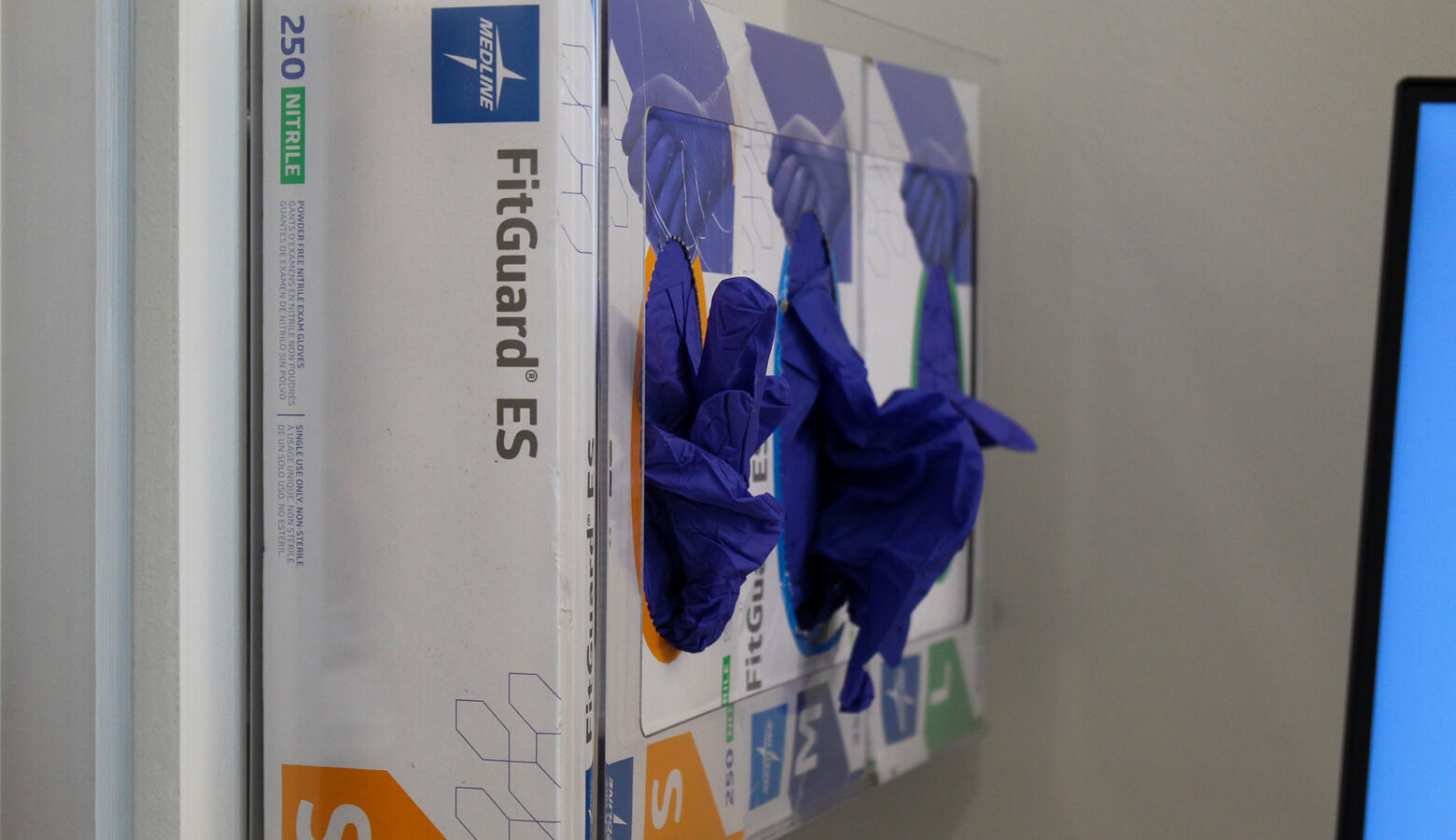Report: Indiana’s total health costs near national average, but differ in other key areas

A new report shows Indiana’s total health care spending is in line with neighboring states and the national average, but Indiana does differ in other key areas.
The report from Indiana University’s Fairbanks School of Public Health found that Indiana resembles other states on measures like insurance premiums and health spending by Medicaid and Medicare. However, one key area where Indiana differs is the prevalence of self-insured health plans, where the employer is financially responsible for the enrollee’s medical costs.
Nir Menachemi, dean of the Fairbanks School, said Hoosiers employed in the private sector are 20 percent more likely than other Americans to be enrolled in self-insured plans.
“This is not a good thing or a bad thing in and of itself,” Menachemi said. “It’s just the dynamic of our market, but it might have implications for how hospitals and insurers negotiate rates each year.”
The rate of self-insurance has grown in the past four years in Indiana, but nationally it has declined in the U.S. and each neighboring state.
The report said self-insured employers lack the market power to “effectively negotiate with hospitals.” Menachemi said this might contribute to why previous reports show Indiana has high hospital prices. He said that study looks at a “sliver” of data rather than the full picture.
That’s one of the reasons the Indiana Business Health Collaborative commissioned the report.
Luke Messer, chief executive of the Indiana Business Health Collaborative, said the point of the report is to compile all the context around Indiana’s health costs so policymakers and other stakeholders are able to make important decisions with the full picture.
“If you look at only a portion of the data, instead of all of the data, you can reach conclusions that you know are accurate in isolation, not necessarily illustrative of the broader challenges,” Messer said.
READ MORE: Lawmakers direct focus to PBMs as they tackle Indiana’s high health care costs
Join the conversation and sign up for the Indiana Two-Way. Text “Indiana” to 765-275-1120. Your comments and questions in response to our weekly text help us find the answers you need on statewide issues, including our project Civically, Indiana.
The report is an update on a version Fairbanks released in January 2020 as legislators began looking into Indiana’s health care costs. Both reports compile a range of publicly available data on factors that may affect health spending and costs. The intent is for stakeholders – such as policymakers, experts and business owners – to have as much context as possible when they are making decisions.
“If we want to do something about some of these pain points that I think stakeholders are experiencing, we might want to focus on what makes us different so that we can address those in a way that doesn’t create other problems somewhere else,” Menachemi said.
In addition, the report shows that Indiana has a lack of value-based care payment models. These models reward providers with “incentive payments” based on the quality of care they give to patients. This differs from the fee-for-service model, which Messer and Mecachemi said is more profitable when a patient is sicker.
“What we need to do with value-based health models is incentivize the provider, community and insurer to make more dollars when folks are healthy,” Messer said.
In 2019, Indiana was one of only four states that did not have a coordinated statewide strategy to move toward value-based payment. Menachemi said even more states have developed these strategies, but Indiana still has not.
The report also showed two other areas where Indiana performs worse than the rest of the nation.
Menachemi said despite having some of the most innovative health companies and medical research in the state, Indiana has higher mortality and chronic disease rates.
“We have historically underinvested as a state in prevention,” Menachemi said. “As a result, we are constantly dealing with chronic conditions that aren’t being sufficiently prevented. And so that somehow is finding an equilibrium where our costs are not overall higher than the United States, but we have a sicker than average population that’s carrying a higher burden of disease.”
In addition, the report shows the number of physicians in Indiana is lower than the nation overall, which points to a shortage.
Messer said IBHC has some recommendations for how to address that issue. In addition to making it easier for out-of-state doctors to practice in Indiana, he said the state needs to “dramatically enhance” its residency program.
“We also believe we should look at potential financial– broader financial incentives to encourage physicians to move to Indiana’s rural areas in small towns,” Messer said.
Messer said fixing the issues in Indiana’s health care industry will require a collaborative approach, with stakeholders working with a fuller context around what is causing problems.
“One of our hopes with this report is just to point out that we don’t have bad actors in our state,” Messer said. “Frankly, we just may have some bad incentives.”
Messer said Indiana needs to increase incentives towards the outcomes it wants.
Abigail is our health reporter. Contact them at [email protected].


